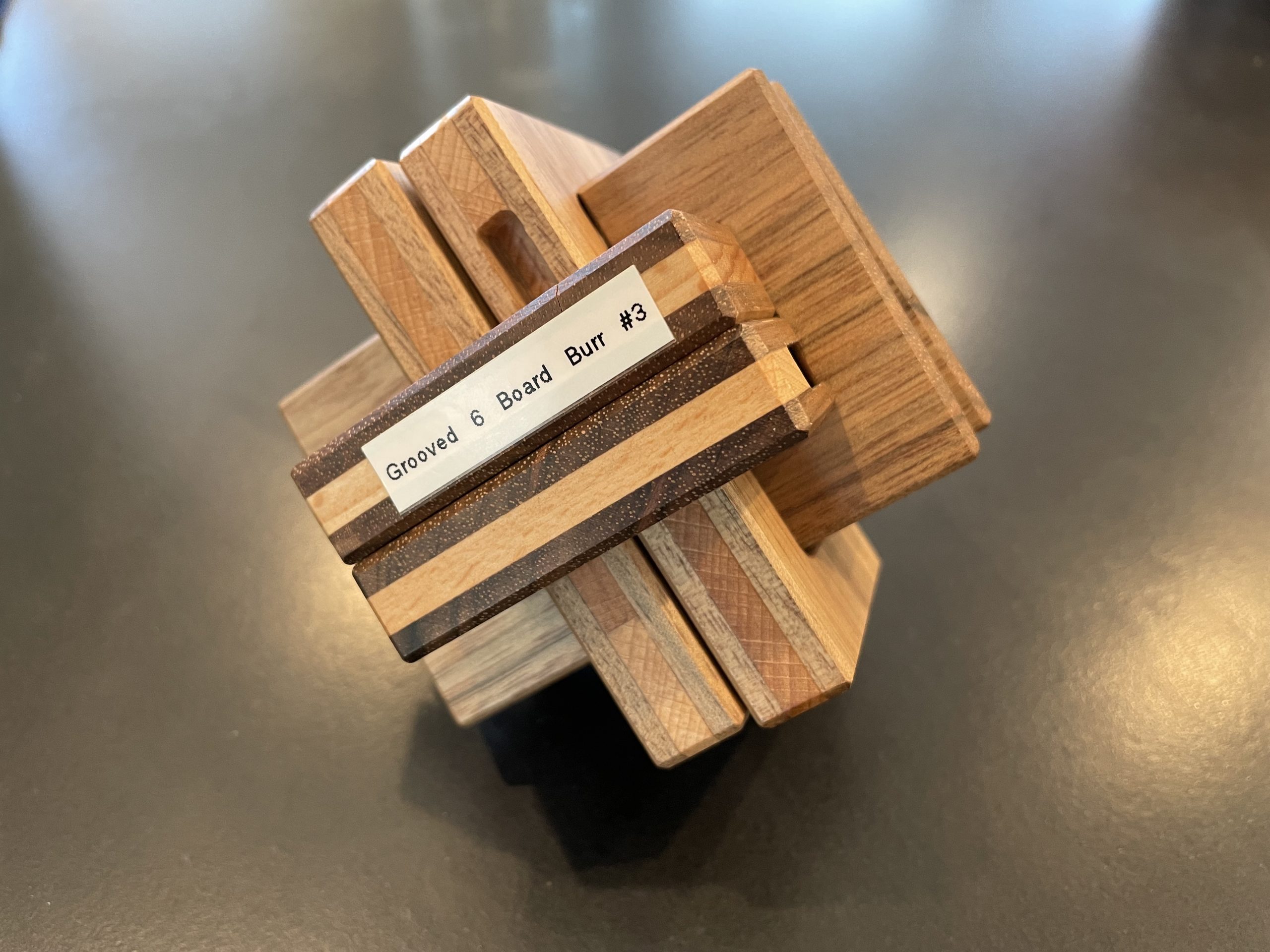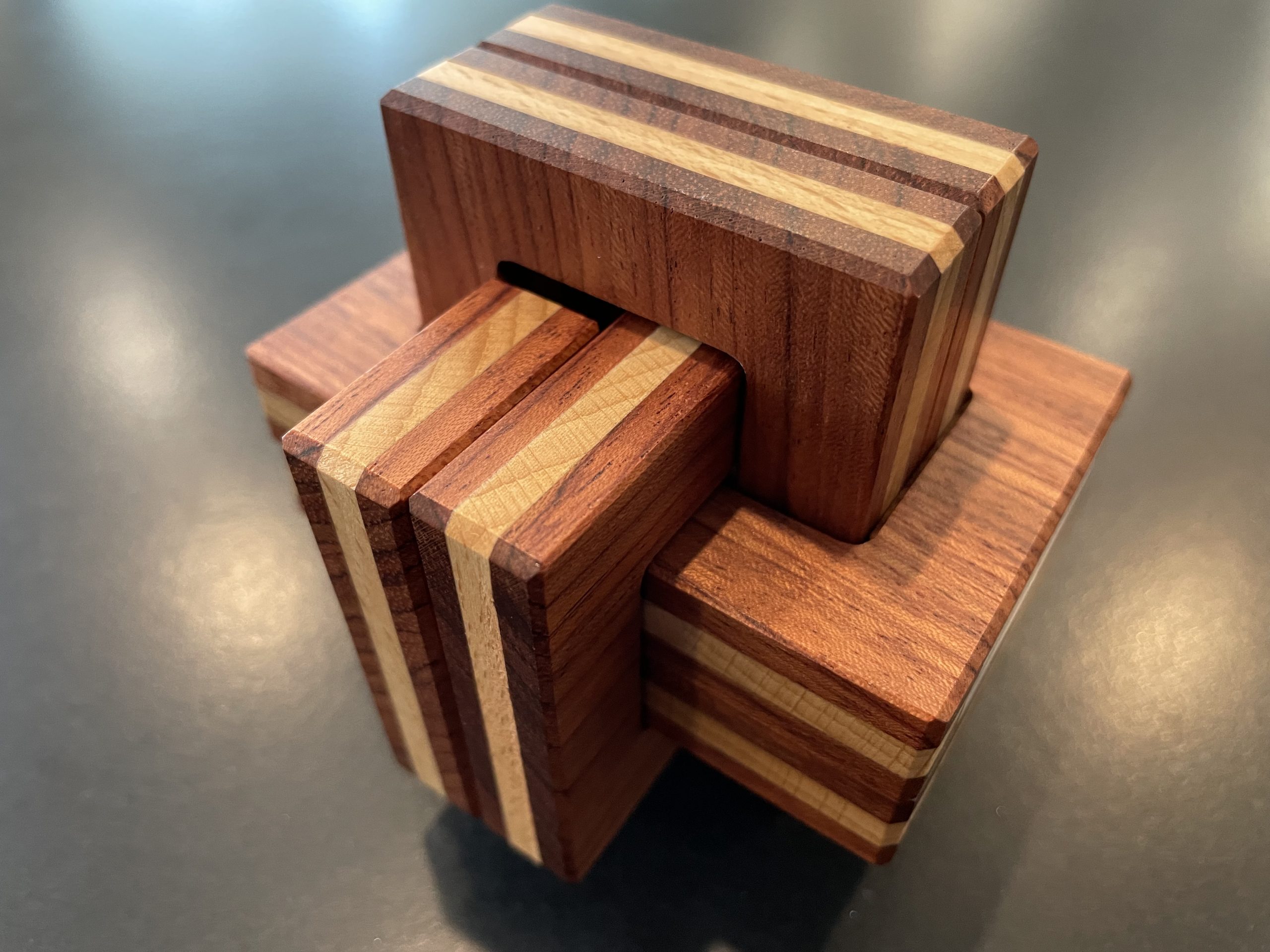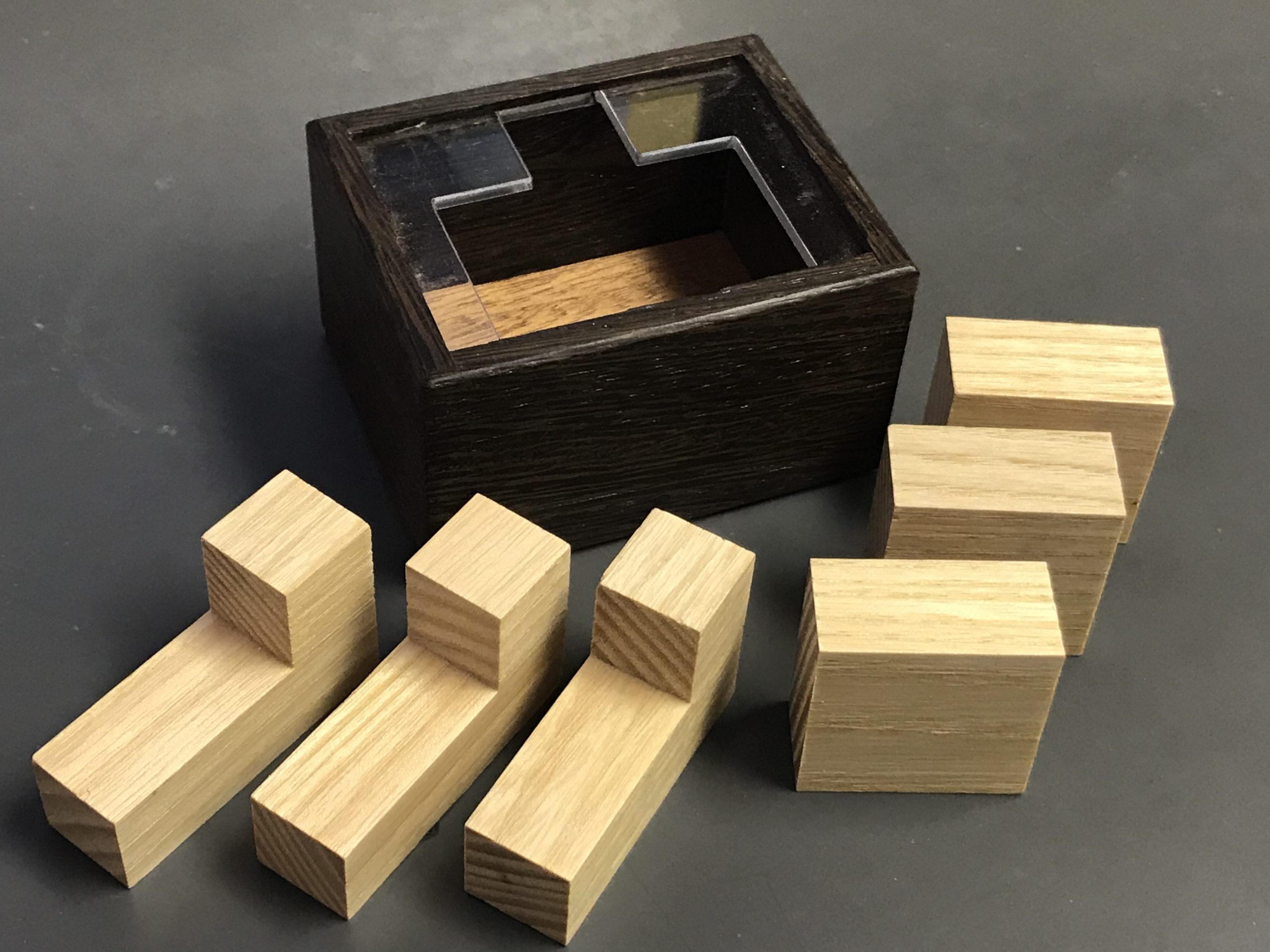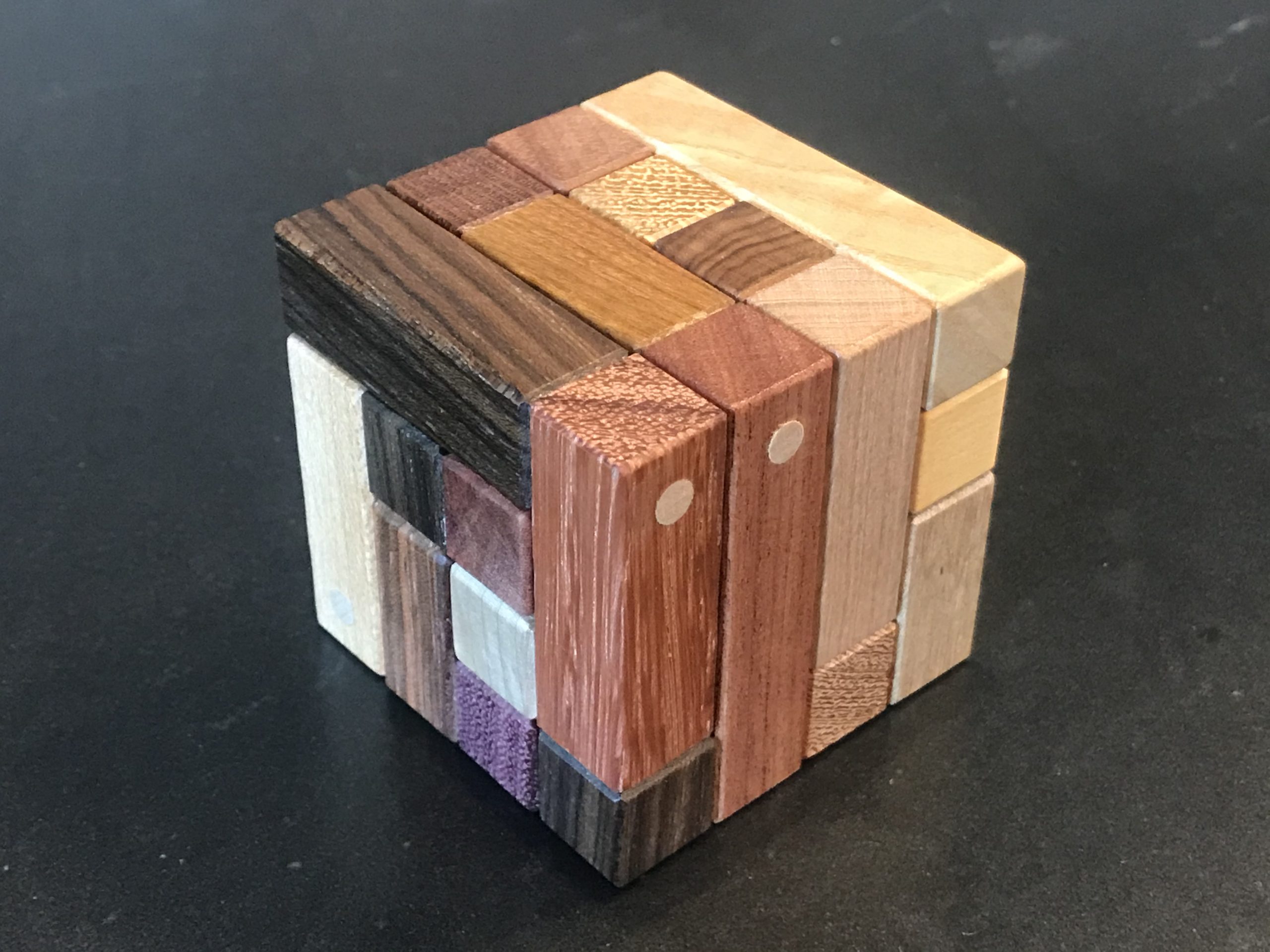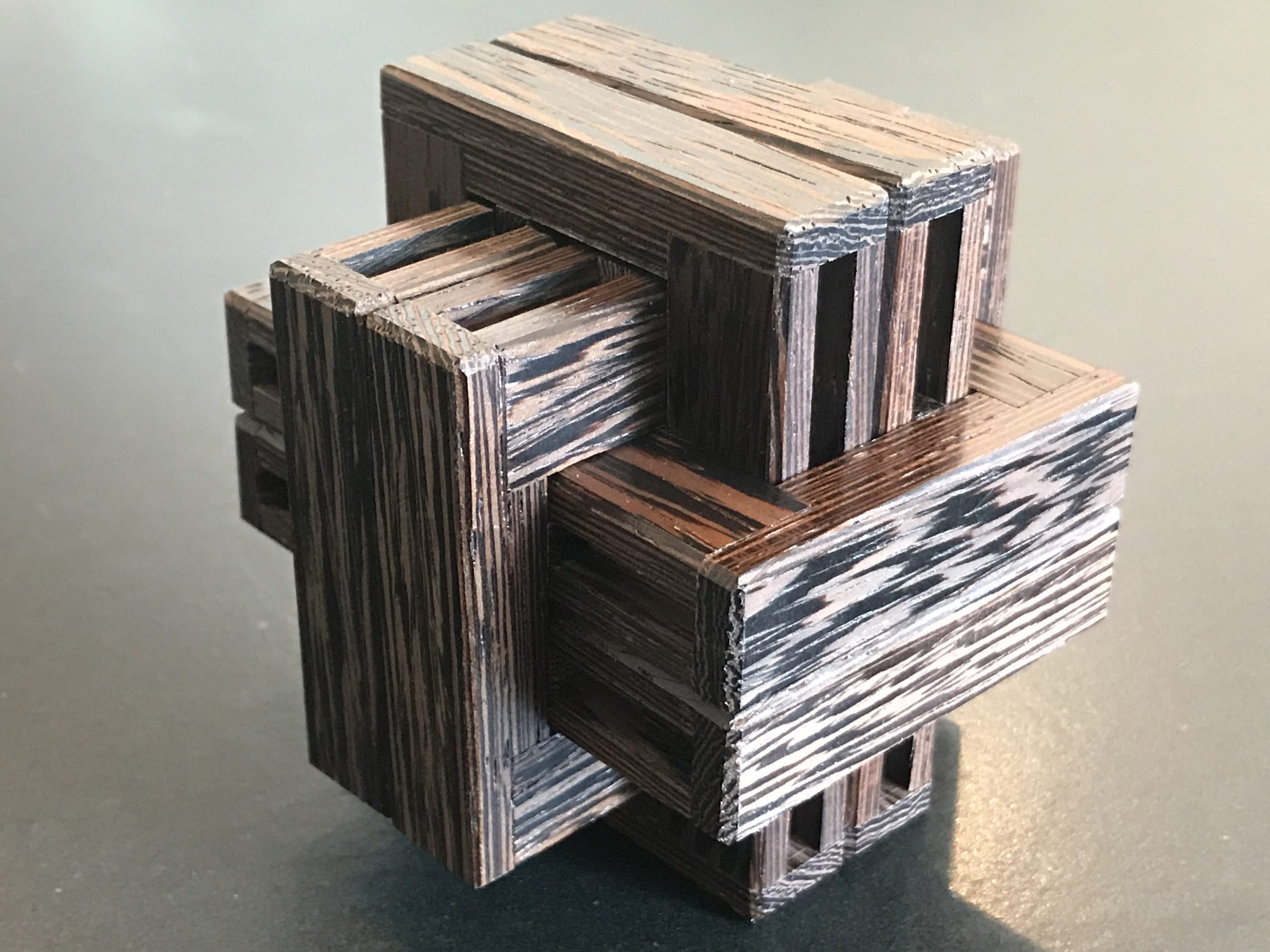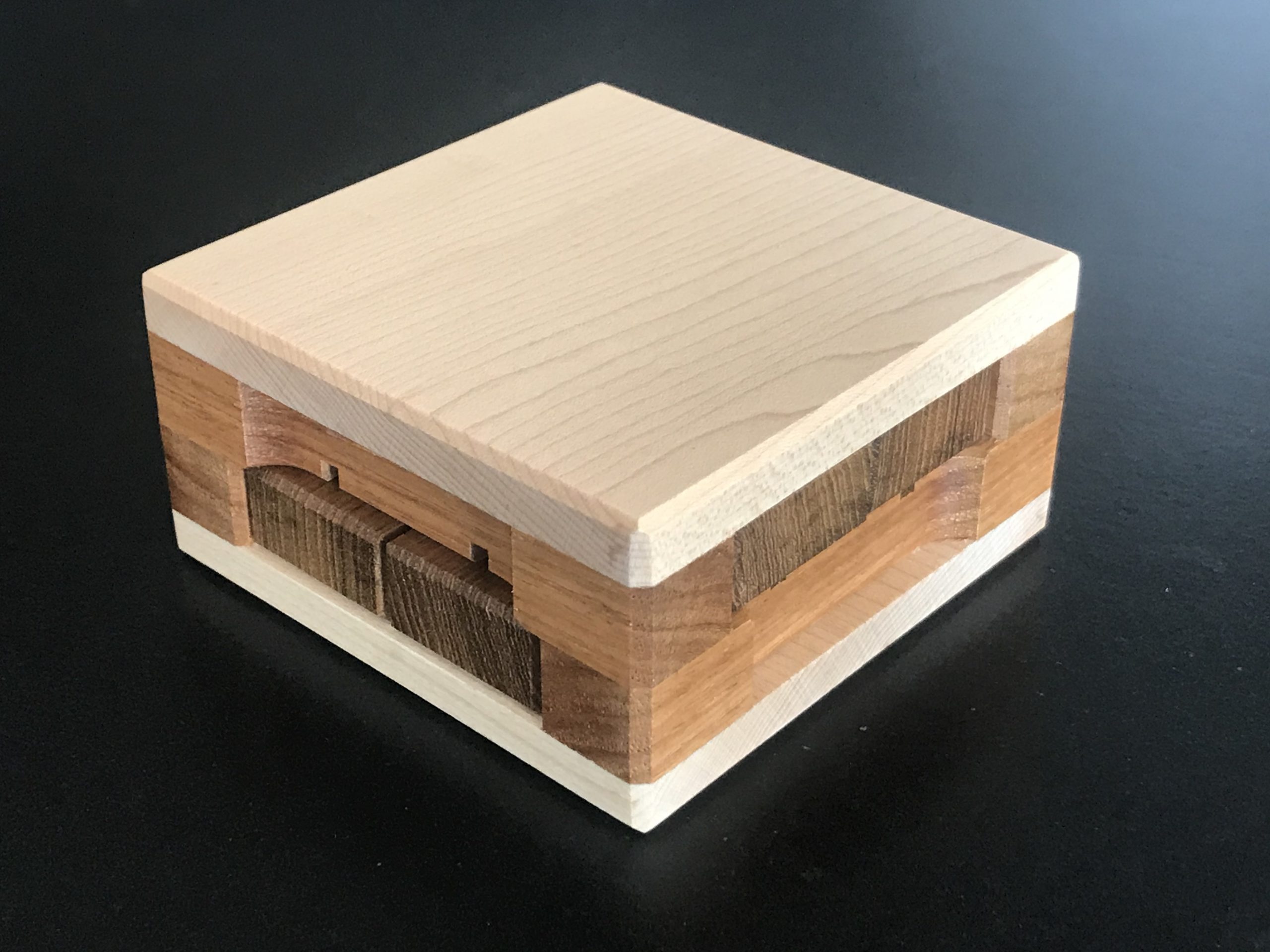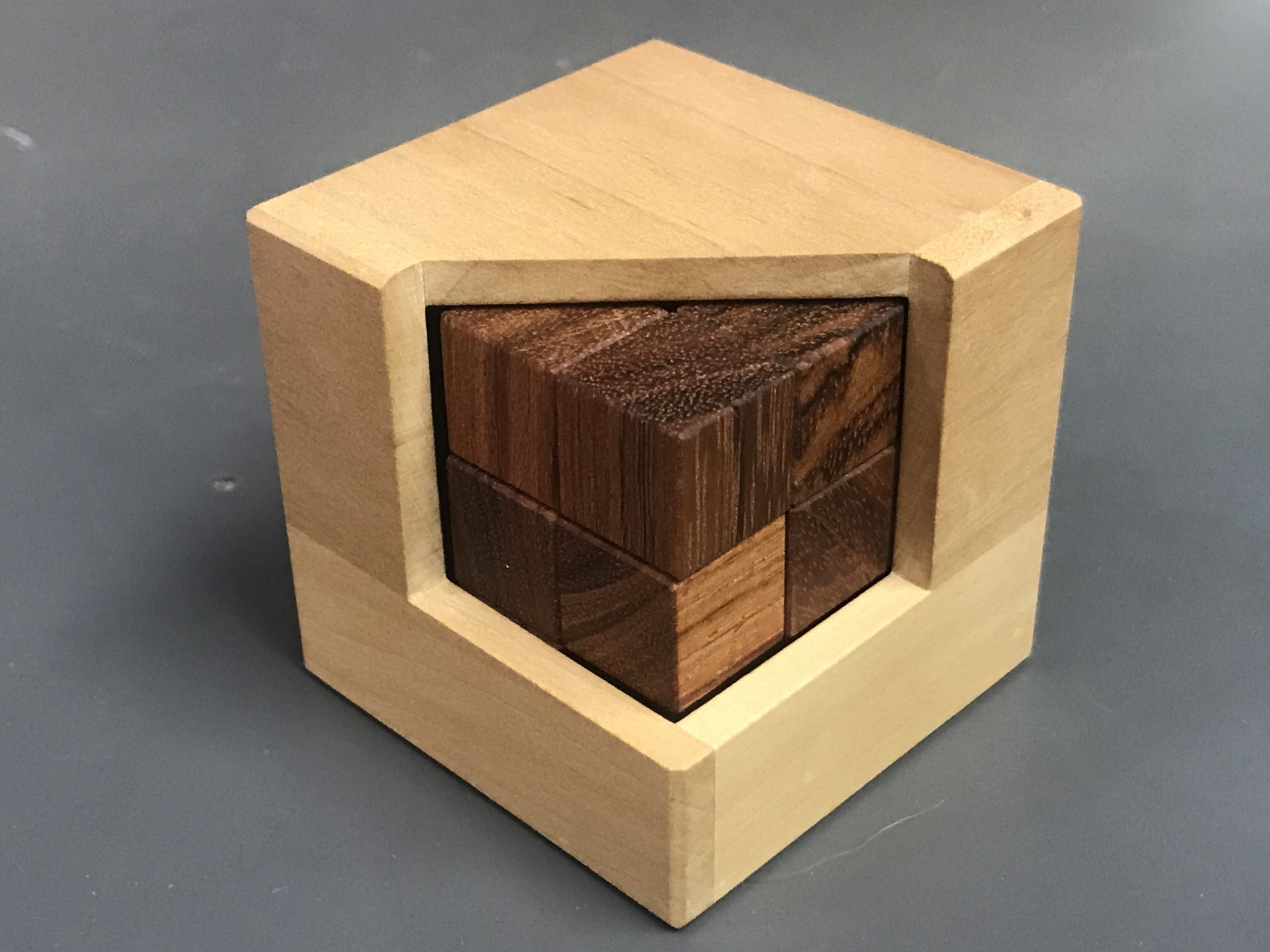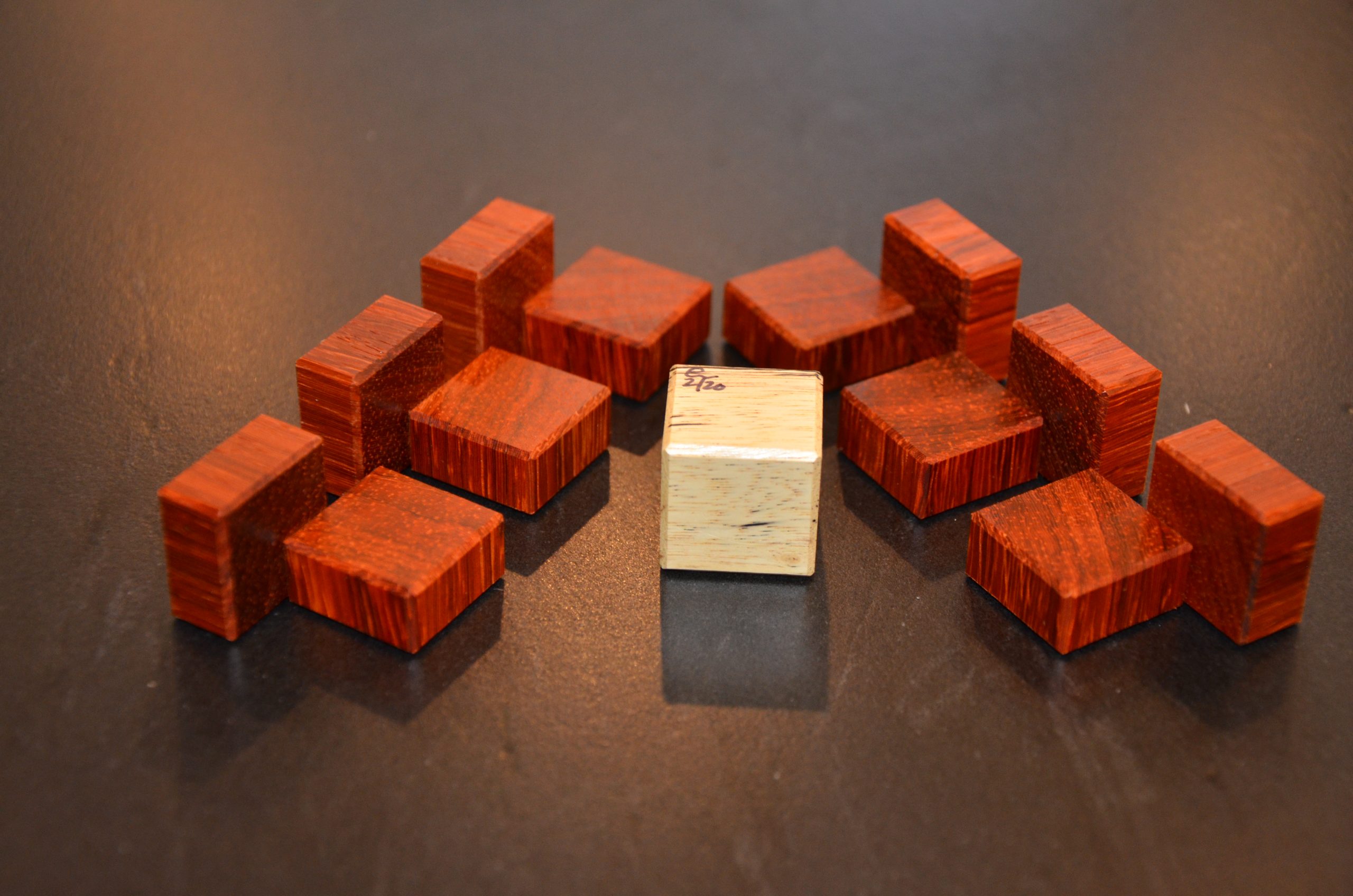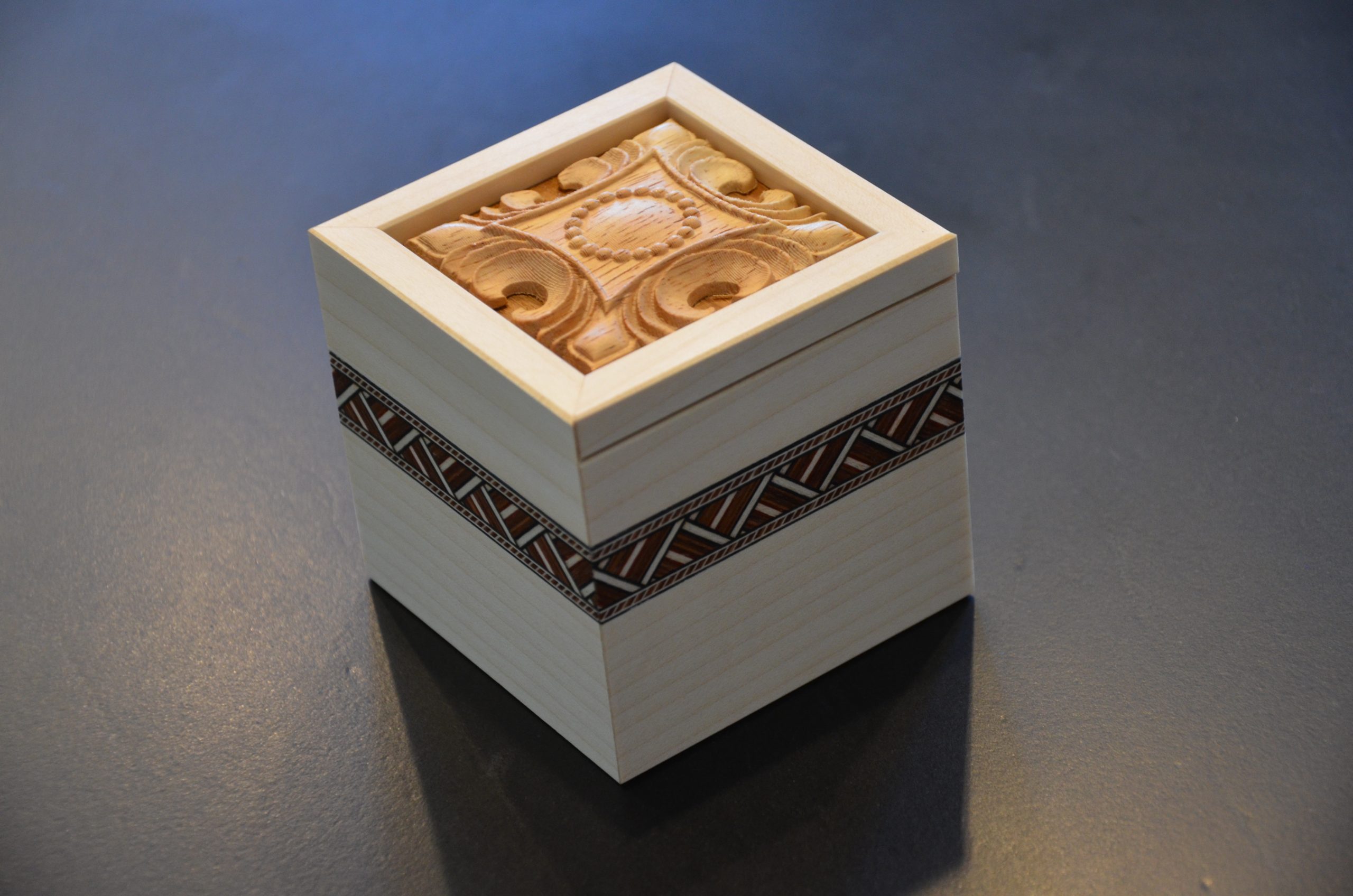-
Read More: Grooved 6 Board Burr #3 – Junichi YananoseOh boy, this one is going to be tough. I’ve been manipulating it for a…
-
Read More: Grooved 6 Board Burr #2 – Junichi YananoseHere we go again! This time with Grooved 6 Board Burr #2 This one is…
-
Read More: Grooved 6 Board Burr #1 – Junichi YananoseThe time is here, the mission’s clear. Today I will attempt to solve Juno’s amazing…
-
Read More: RAYA BOX No. 1 – Yavuz DemirhanToday, I have a wonderful packing puzzle from Yavuz Demirhan. It’s the first puzzle I’ve…
-
Read More: TwisTIC – Andrew CrowellIt’s been a while since I worked a TIC puzzle and I managed to grab…
-
Read More: Sloot 3 – Alfons EyckmansAh, Sloot 3, a November 2019 release from Cubicdissection.com that didn’t seem to garner much…
-
Read More: Pinned Framed Burr S – Junichi YananoseWoot! Another Juno puzzle from Pluredro.com! I don’t buy a lot of puzzles from Pluredro,…
-
Read More: PUMPKIN 1 – Osanori YamamotoYa know, when Covid first hit I was kind of excited because I thought I…
-
Read More: Surround – Kohno IchiroI’m back in the puzzling groove and this week, I’ve got Surround designed by Kohno…
-
Read More: Spheres – Stephan BaumeggerSpheres arrive yesterday and I’m just now sitting down to play with it. My first…
